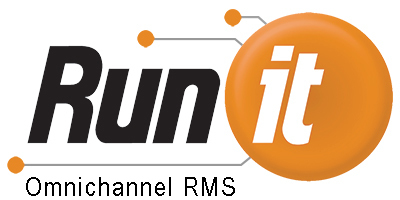Retail success hinges on many factors, from the quality of the store’s sales associates, to store layout and design, to eye-catching windows and inventory availability. The industry is highly competitive as each store seeks a piece of the $2.6 trillion in the marketplace, with new technology helping retail business owners optimize their business operations. A real-time POS system provides visibility into sales performance, customer management and purchase order management, which give retailers the information they need to improve business agility.
1. Sales Performance
A real-time POS helps store managers analyze key sales performance information on demand. Managers can easily compare sales performance of full and part-time sales associates and identify top sales performers by units sold, gross sales, profitability by department, brand or other criteria. Managers can examine sales performance for each associate to provide appropriate encouragement, mentorship and other ways to boost performance. Some sales associates do best with specific product categories, so managers can adjust the schedule to maximize staff strengths while minimizing any weak areas. High-profile promotions and new product launches get staffed with the strongest team members, who can also be focused on for promotion, raises and other ways to encourage engagement and better sales performance.
2. Purchase Order Management
Retailers balance their inventory needs with customer demand, available warehouse space, location-specific preferences and a dozen other factors. Real-time visibility into purchase orders and inventory helps retailers respond to sudden shifts in demand, seasonal trends and viral popularity. Without the help of a modern POS system, retailers may adjust slowly to changing inventory levels and run out of stock of key items. When out-of-stock products account for four percent of lost sales, improving in this area brings immediate benefits. Retail store owners can capitalize on a purchase order management tool by being able to more effectively manage inventory over the long term by examining data trends to ensure customers always find the item they want.
3. Customer Management
Customers have many store options to choose from in the global marketplace, so many companies seek out ways to improve the customer experience to drive loyalty and traffic. A real-time POS system streamlines the customer management process, from making it easy to look up loyalty program information to delivering personalized recommendations based on the customer’s shopping history through multiple channels. The retail experience becomes a frictionless, individualized and enjoyable trip for the customer.
4. Mobility
On-the-go access to data such as real-time inventory tracking and store performance levels allow store owners and managers to handle operations even when they’re out of the office. Retailers with multiple store locations don’t have to waste time traveling between stores or making multiple phone calls to keep tabs on inventory, create purchase orders and track sales. Instead, they have an up-to-the-minute view of every store through their smartphone or tablet. Mobile access also helps improve productivity, as critical issues can be addressed as they occur instead of dealing with the problem after the damage has been done.
A real-time POS system delivers critical information when retailers need it. This fast paced industry requires more agility than ever to stay on top of a changing marketplace while delivering a consistent customer experience. Retail owners have all the data they need to tweak store performance and meet their sales figures, as well as long-term business growth goals.





